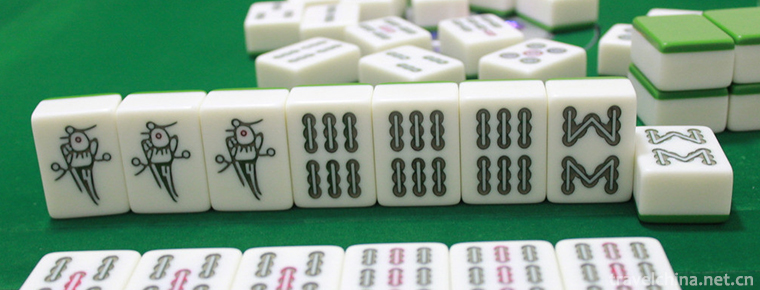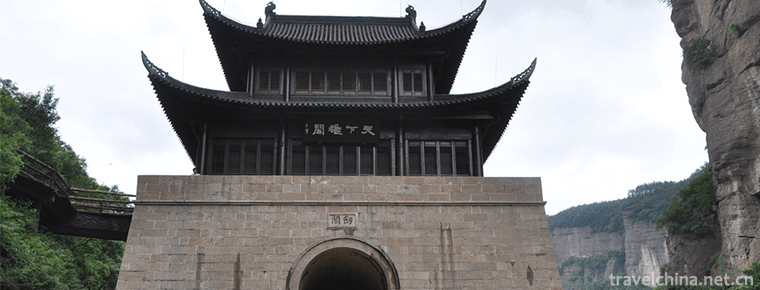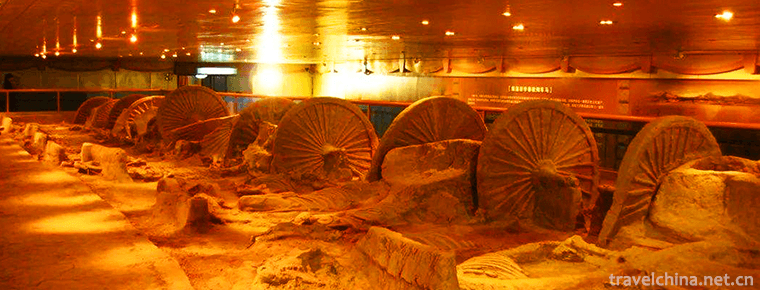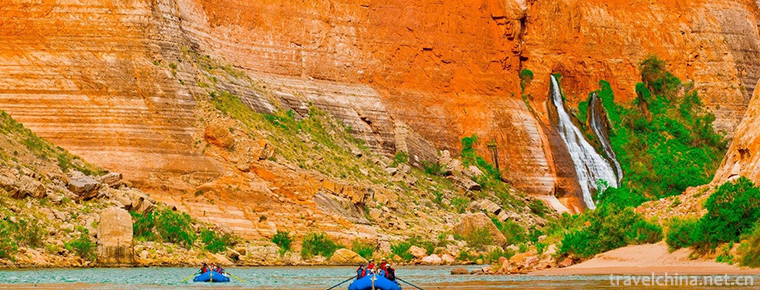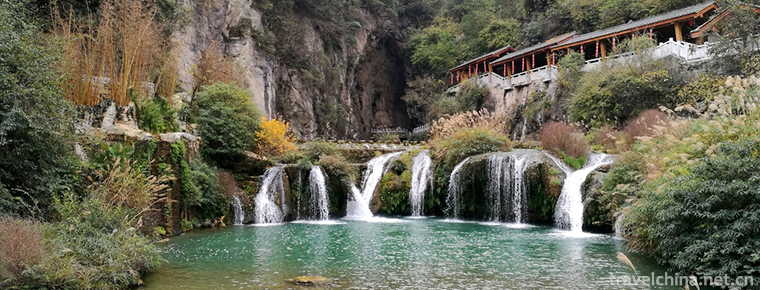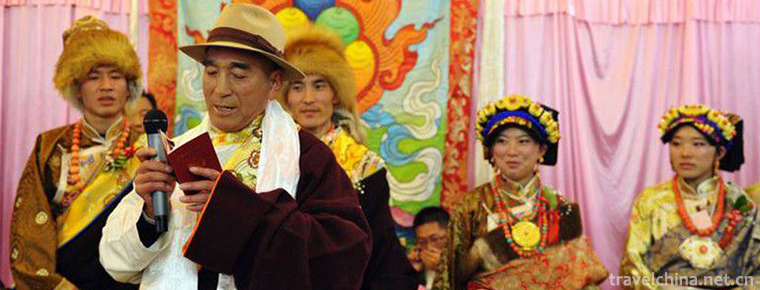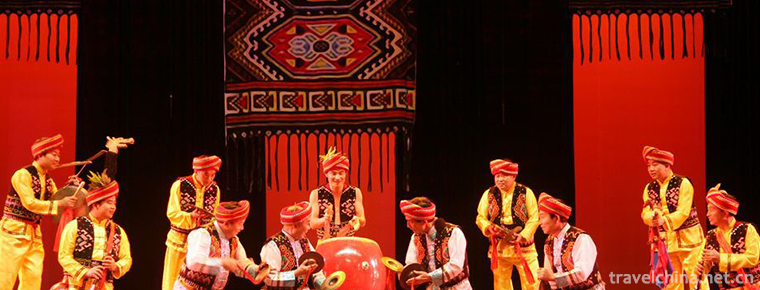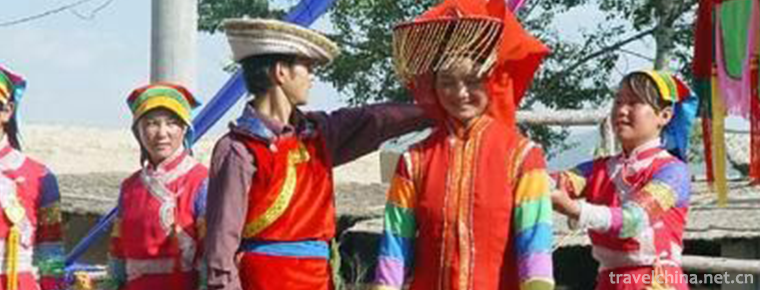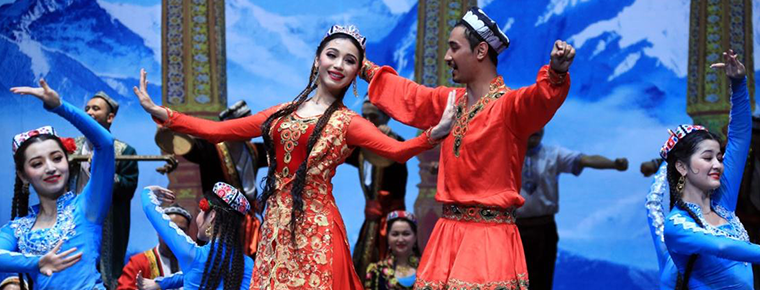Shandan Great Buddhist Temple
Shandan Great Buddhist Temple
Shandan Grand Buddha Temple is located at the foot of the mountain 5 kilometers west of Shandan County, Zhangye City, Gansu Province. The old name of "Tufo Temple" was built in the Northern Wei Dynasty (425 A.D.), more than 1500 years ago. Zhu Qizhen of Ming Ying Zong wrote the inscription of "Tufo" personally for the temple, from which Tufo Temple got its name. This temple has been battled and rebuilt many times in history. Especially in 1971, this millennium ancient temple was almost destroyed by the "Cultural Revolution". Since 1992, Master Shi Juehui, who presided over Bafanghuayuan, spent more than 17 million yuan to rebuild the Grand Buddha Temple in Shandan with the support and donation of the famous Buddhist activist Master Sheng Da of Baolian Chan Temple in Hong Kong, and officially opened in 1998. The temple has the largest indoor clay sculpture sitting Buddha in the world. At present, it is a national 4A-level tourist attraction.
geographical position
Shandan County, Zhangye City, Gansu Province, has a quiet and elegant location, with its back to the mountains, front to the Longshou Mountain, left to the Qidian Reservoir, right to the Qingquan plain, flat terrain in front of the temple, wide vision, clear water surface of 6 square kilometers in the reservoir, clear and blue waves, lingering around the Ring, showing the beauty of Foshan more and more. In addition, 312 National Highway and Lanxin double-track pass by side, with convenient transportation, mountains and rivers, and convenient patronage.
Humanistic history
Shandan Great Buddhist Temple is an old famous local Buddhist temple. Founded in the Northern Wei Dynasty (about 425 A.D.), it has been repaired in successive dynasties on a large scale. After several generations, the temple was subjected to military disasters and wars, rebuilt several times, and rose and fell several times. According to historical records, six repairs were made in 440 years from the five years of Ming orthodoxy (1440) to the thirteenth year of Guangxu in the Qing Dynasty (1887). Zhu Qizhen, the emperor of Ming Ying Zong, once wrote a plaque inscribing the word "Tufo" for the temple.
Famous scenic spot
Main hall
Daxiong Palace is a pavilion with full wooden structure and glazed tile roof. It is 39 meters high. Its plane is rectangular, 9 wide, 7 deep, seven heavy buildings, steep eaves, brilliant and magnificent.
Sitting statue of clay sculpture
It's 35 meters high. The whole body of the Buddha is painted with golden dumplings. Its face, hands, feet and chest are all gold-plated. Its shape is lifelike, its posture is graceful, its lines are smooth and lifelike. It has a sense of dignity, kindness and solemnity. It is praised as "the first Buddha in the world" by high-level Buddhists at home and abroad. According to textual research, it is the most indoor Buddha sitting in the world. The lotus pedestal under the Great Buddha is 3 meters high. It is about 1.7 meters high and 10 meters long. There are exit passages at both ends. It is called "Shut off the Hole".
Hall of Heavenly Kings
The Temple of Heavenly Kings, in which Maitreya Bodhisattva, Wei Pu Bodhisattva and the Four Heavenly Kings are worshipped. Legend has it that when Maitreya Buddha was born, the world was full of sunshine and sunshine. The Four Heavenly Kings symbolize "good weather". Wei Pi Bodhisattva is the patron god of the monastery.
500 Arhat Hall
On both sides of the front of the Daxiong Hall is the 500 Arhat Hall, also known as the "Arhat Hall". Arhat is the abbreviation of Arhat, referring to the highest achievement of Buddhists. A Buddhist may achieve four different achievements in his practice, each of which is called a "fruit position", namely "first fruit", "two fruit", "three fruit" and "four fruit". "Four Fruits" is Arahango. Those who receive this fruit, or Arahan for short, will never be reincarnated after their merits and virtues are fulfilled and suffer from the "reincarnation of life and death". The Arhat Hall of Shandan Great Buddhist Temple is divided into two halls, East and West. There are 500 Arhats. The 500 Arhats were carved from clay by skilled craftsmen, each 0.5 meters high. And no one is the same, either sitting or standing, thinking or laughing, or solemn or benevolent. In Shandan, there are several customs of Arhats. On the fourth day of April in the lunar calendar, people flock to the temple to get incense and count Arhats in the Arhatic Hall.
Goddess of Mercy Temple
Here is a three-dimensional color sculpture of "Eighteen Arhats and Fifty-three Ginseng Islands" with "Tongzi Baiguanyin" as the main body. They all used clay, without any glue, to shape 150 Buddha statues of different sizes. The sculptures here are divided into three layers: sky, earth and sea. The top "Thirty-three Days" is the state of Sakyamuni's painstaking practice in the snow mountain before he became a Buddha, also known as the "Buddha statue". The lowest level is the "sea" and the west side is the eighteen Arhats from the South China Sea who worship Guanyin. The legendary king of the sea is the sole fish stepped on by Guanyin Foot in the middle. With blinking eyes and moving tail, landslides, tsunamis, floods and earthquakes may occur. Only Guanyin can control the sole fish and dominate it. Later, it also described the champion as "exclusive leader".
Tibetan Bodhisattva Hall
Inside the temple of the Tibetan King Bodhisattva is the Tibetan King Bodhisattva who practiced Buddhism in Jiuhua Mountain. Although the "Gezang" Bodhisattva has reached the Buddha's revision, it can rise from the Bodhisattva's fruit position to the Buddha's fruit position. But he was instructed by Sakyamuni to pass away before Maitreya came into the world after Sakyamuni entered the heavens. For this reason, he had made a great wish that he must try his best to reincarnate all living beings and save all kinds of suffering before he was upgraded to Buddha. Therefore, its nickname is "great wish to hide in the earth", its great wish has four: first, filial piety, that is, filial piety to parents; second, to bear all the suffering behavior for all living beings; third, to meet the needs of all living beings, so that the earth plants, flowers and fruits grow; fourth, to eliminate diseases; fifth, to exhaust all living beings in hell. Otherwise, "Swearing is not Buddha".
Other Peripheral Buildings
In front of the mountain gate, there are eighteen steps paved with bluestone strips, which give people a sense of dignity. The monastery is divided into vestibules and backyards, with more than 120 simple and elegant houses embellished in them. There are four statues of Heavenly Kings in different shapes, and they are ready to come out.
Scenic spot activities
Every year, on the fourth day of April in the lunar calendar, it is the temple fair of Shandan Great Buddha. At the turn of spring and summer, the wind and scenery are bright, and visitors like knitting, horses and chariots are in great splendor.
The National Tourist Scenic Spot Quality Grade Assessment Committee issued the announcement No. 3, 2013. The Dafo Temple Scenic Spot in Shandan was successfully established as a national 4A-level tourist attraction. This is another great achievement of the county's tourism industry development after Yanzhi Mountain Scenic Spot was successfully established as a national 4A-level tourist attraction.
In recent years, with five business cards of Yan Zhifeng, Horse Farm Dream, the Soul of the Great Wall, Eli Qing and Foshan Margin as carriers, Shandan has become an important site on the "Hexi Tourism County" and the Silk Road Gold Tourism Line. The Dafo Temple Scenic Area has been established as a national 4A-level scenic spot, which adds another national tourism card to the development of the county's tourism industry, effectively improves the quality and taste of Shandan tourist attractions, and enlarges the reputation and popularity of "World Expo Holy Place, Colorful Shandan". "The successful establishment of national 4A-level tourist attractions in Dafo Temple scenic spot not only marks the continuous improvement of its popularity, reputation and influence, but also marks a new step in the development of Shandan tourism industry." Qi Jianjun, director of the county tourism bureau, said.






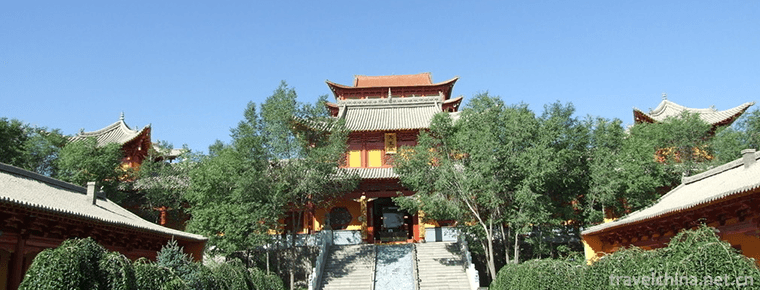
-
Fish in sour soup
Sour soup fish is a traditional dish of Miao nationality in Guizhou. According to textual research, this dish originated from the Yashuang area of Leidong Town, Liping County.
Views: 208 Time 2018-11-05 -
Mahjong
Mahjong, originated in China, is commonly known as Sparrow in Guangdong, Hong Kong and Macao. It is a game invented by the ancients of China,.
Views: 159 Time 2018-11-13 -
Slender West Lake
Slender West Lake, formerly known as Guarantee Lake, is located in the northwest suburb of Yangzhou City, Jiangsu Province.
Views: 166 Time 2018-12-06 -
Jianmenguan Scenic Area
Jianmenguan Scenic Area is one of the national AAAAA class tourist attractions, National Scenic spots, national key cultural relics protection units, National Forest park, national natural and cultura.
Views: 200 Time 2018-12-12 -
China Antique Car Museum
Located on the Houli Cultural Site, the Chinese Ancient Car Museum is the first most systematic and complete Museum in contemporary China, which integrates the Car and Horse Sites with the display of .
Views: 107 Time 2018-12-22 -
Shibing Karst
Karst is karst. It is the general name of the geological function of water in dissolving rock (carbonate rock, gypsum, rock salt, etc.) mainly by chemical dissolution.
Views: 225 Time 2019-02-08 -
Tianhetan Scenic Area
Tianhetan is located in Shibanzhen, Huaxi District, Guiyang City, Guizhou Province. It is a scenic spot with typical karst natural scenery as the main part and historical celebrities.
Views: 117 Time 2019-02-21 -
Eighteen Sayings on Tibetan Wedding Banquet
The Eighteenth Tibetan Wedding Banquet is a kind of folk oral literature spread in the Tibetan inhabited areas of the eastern agricultural region of Qinghai Province. Its manifestation is the eighteen.
Views: 108 Time 2019-04-07 -
Tujia people slip away
Dalaozi is an ancient folk instrumental ensemble which is the most widely spread in Tujia area. It has a long history, a wide range of music cards, exquisite skills and rich expressiveness. It is a un.
Views: 117 Time 2019-06-23 -
Tu Wedding
The custom of Tu people's wedding in Huzhu Tu area has a long history. Tu people's wedding custom is gradually formed and developed through the struggle with nature and the long-term practice of produ.
Views: 285 Time 2019-06-23 -
Machirev
Machirev is a name for a form of dance and entertainment, which refers to a large-scale self-entertainment activity with a large number of participants (the so-called participation refers to those who.
Views: 95 Time 2019-07-06 -
Zezhou Sixianshu
Zezhou Sixianshu is a popular performance form in Zezhou Prefecture, Shanxi Province in Qing Dynasty. It is named after Sixian (Sihu) as the main accompaniment instrument. There is no documentary info.
Views: 348 Time 2019-07-16

